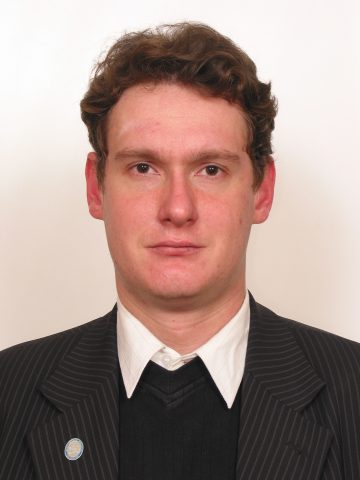Models of political consciousness of Russian youth

Evgenii O. Negrov,
PhD (Political Sciences), Associate Professor,
Saint-Petersburg State University,
Saint-Petersburg, Russia
In the course of the 2020 study, dedicated to the phenomenon of youth political consciousness, and carried out within the framework of the RFBR grant No. 18-011-01184\18 “The potential of youth political leadership in the course of political socialization and circulation of elites in Russian regions in 2010-s (on example of the Western Siberia and the North-West of the Russian Federation), we can confidently record several already formed and still emerging models of political consciousness associated with the image of political leadership:
(1) model of complete unstructured rejection of reality. The object of the protest is extremely wide and abstract, the motivation for participation is unstructured and very dynamic, the level of inconsistency and aggressiveness is quite high, the use of defamation tactics, the use of pejorative and reduced vocabulary, the predominance of emotionally colored assessments, etc.
(2) activity-target co-optation model. On the one hand, a clear manifestation of adherence to certain values-goals (material well-being, a comfortable quality of life, freedom in making decisions), as well as the need for self-realization, especially characteristic of the younger generation, and, on the other, endowing reality with many shortcomings of varying degrees of certainty that can be corrected one way or another. At the same time, readiness to participate in conventional forms of protecting interests, the need for collective self-realization, the prevalence of social democratic self-identification are manifested, a tendency to participate in elections with a sufficiently pronounced social skepticism is revealed.
(3) Proactive-loyalist model. Participation in the work of various organizations, both state and public, using social networks, an active form of protecting interests, purposefully rational reasons for joining youth political organizations, especially at the regional level, a consistent political self-identification, tending towards liberalism with a readiness to implement one’s active suffrage, social optimism or realism.
(4) adaptation-frustration model. Here one can fix a publicly reflected motive of the contradiction between one’s own individual financial and career aspirations and social values, publicly supported by official and loyalist political discourse. There is rather high activity recorded in social networks, the use of significant time and intellectual resources to maintain their own “virtual personality” with relatively low offline activity. At the same time, it is in this model that we see an effective way out of such frustration through the volunteer movement, various forms of civil society activity, etc.
(5) politicized-civic model. The fight is against the political regime, personified by the local ruling party, the top officials of the state, the fight against “crooks and thieves”, etc. The motives for adhering to such a model are different. They are both the predominance of the value of personal and collective freedom along with the struggle against its suppression. Above all, there is a strong rejection of the goals and hidden motives of the authorities and powerful irritation with the ineffectiveness of management. This ineffectiveness can be criticized from a variety of positions, such as health care, housing, and communal services; the geopolitical role of the country and the effectiveness of defending its interests in the world arena.
(6) local model that focuses on solving specific problems on a regional scale. At the same time, it is possible to record the conscious eclecticism of political and social self-identification, the manifestation of the ability for inconsistent and contradictory actions in order to achieve a specific goal (the same urbanism).
Summing up, it can be noted that the youth consciousness within the framework of manifesting its image of the future is sufficiently structured, despite the notorious political differences of opinions within these structures. Since quite often young people cannot understand how the key problems of political processes relate to their own problems, and how public political practices can affect their own daily life, we can record a rather significant range of opinions and manifested practices that leaves a debatable question of how exactly to interpret mechanisms of political communication – through the prism of the factor of stability or through the point of view of smoldering conflict and discontent that can significantly change the socio-political landscape of modern Russia. It is in this direction, in our opinion, that there are opportunities for, in fact, relevant assessments of the effectiveness of prevention of conventional forms of political behavior so that the ripening “grapes of anger” do not turn into those berries that will plunge our contemporary socio-political design into chaos.
Email: negrov2001@mail.ru
Expert article 3025
> Back to Baltic Rim Economies 4/2021
To receive the Baltic Rim Economies review free of charge, you may register to the mailing list.
The review is published 4-6 times a year.
